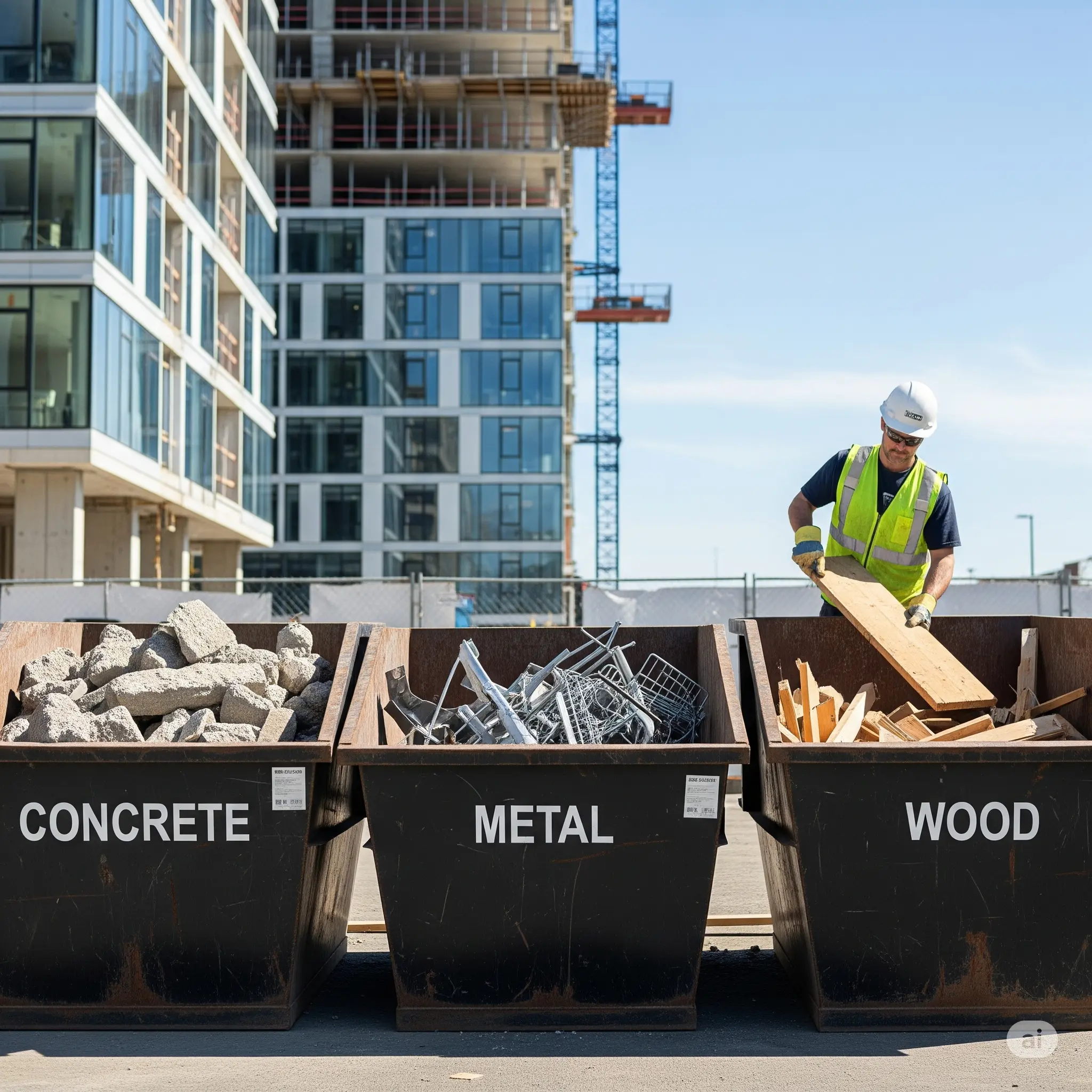The construction industry is a powerhouse of development, but it is also one of the largest producers of solid waste. From excavated soil and concrete rubble to scrap metal and wood, every project generates a significant amount of debris. An effective construction waste management plan is no longer just an option—it is an essential component of modern, sustainable building.
Implementing a strategic plan helps businesses comply with environmental regulations, reduce operational costs, and enhance their corporate reputation. This guide provides a framework for managing construction waste efficiently and responsibly.
Why You Need a Construction Waste Management Plan
A well-structured plan offers numerous benefits. Firstly, it ensures regulatory compliance, helping you avoid fines associated with improper disposal. Secondly, it can significantly cut costs. By segregating and recycling materials like metal, wood, and cardboard, you can reduce landfill fees and even generate revenue from scrap sales. Finally, a commitment to sustainable practices improves your company’s image, making you a more attractive partner for environmentally-conscious clients.
Key Components of a Successful Plan
An effective construction waste management plan focuses on the principles of the 3Rs: Reduce, Reuse, and Recycle.
- Reduce: The best strategy is to minimize waste generation at the source. This involves precise material ordering to avoid surplus, using prefabricated components, and choosing materials with less packaging.
- Reuse: Before discarding materials, identify opportunities for reuse. For example, you can use crushed concrete as backfill, and salvaged timber can be repurposed for non-structural applications.
- Recycle: Segregating waste on-site is crucial for successful recycling. Set up designated bins for different materials like concrete, metal, wood, drywall, and plastics. Partnering with a specialized waste management service ensures these materials are transported to the correct recycling facilities. You can learn more about general recycling best practices from environmental authorities like the EPA
Implementing Your On-Site Strategy
Success depends on clear execution. Therefore, you should start by training your entire crew on the goals of the construction waste management plan. Clearly label all waste bins to prevent cross-contamination.
Furthermore, you should schedule regular waste collections to keep the site clear and safe. By making waste management a core part of your site operations, you not only contribute to a healthier environment but also build a more efficient and profitable business. For more foundational knowledge, refer to our guide on the 3Rs.




